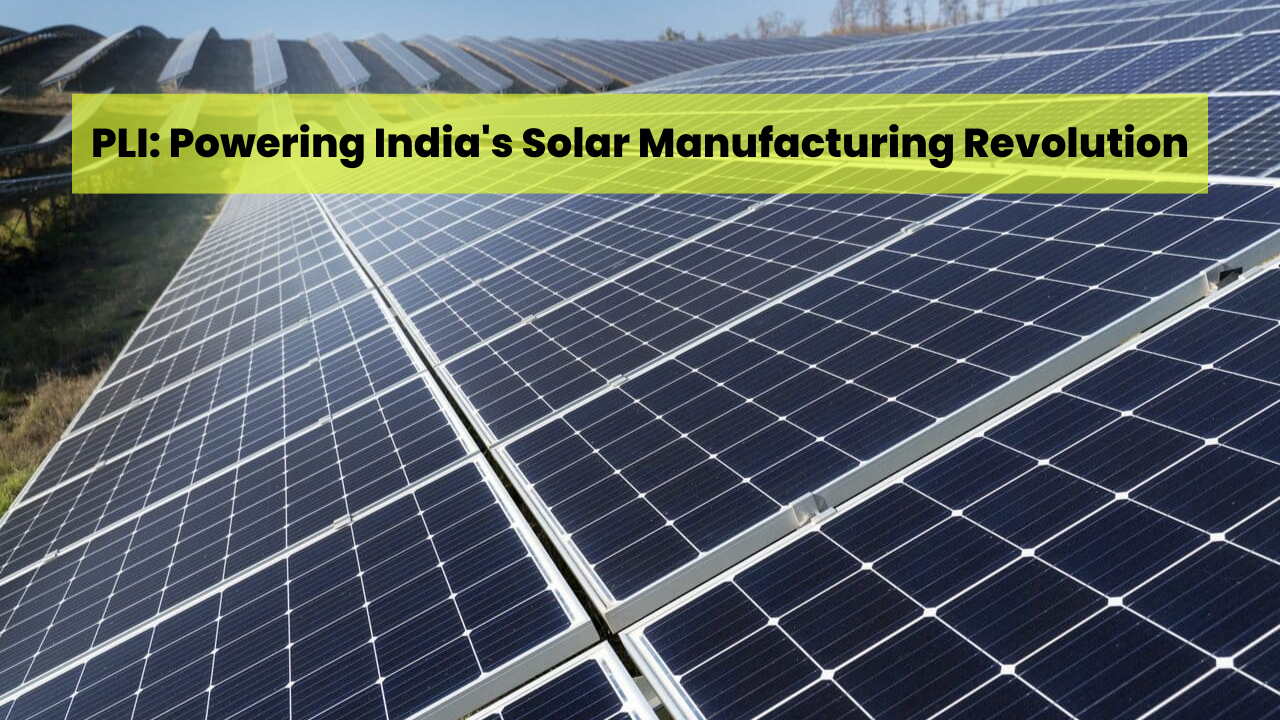India's Solar Manufacturing Surges with PLI Scheme

Mumbai, July 18, 2025 – India is rapidly advancing towards self-sufficiency in high-efficiency solar PV module manufacturing, propelled by the Ministry of New and Renewable Energy’s (MNRE) ₹24,000 crore Production Linked Incentive (PLI) Scheme. This initiative is successfully driving gigawatt (GW)-scale domestic production, significantly cutting import reliance, and fostering a robust renewable energy sector.
The PLI Scheme, central to the 'National Programme on High Efficiency Solar PV Modules,' aims to:
-
Boost domestic manufacturing capacity for high-efficiency modules.
-
Attract cutting-edge technology, incentivizing superior module performance.
-
Promote integrated plant setups for enhanced quality.
-
Develop local material sourcing.
-
Generate employment and achieve technological self-sufficiency.
Phased Implementation: Tranche I and Tranche II
Tranche-I, launched on April 7, 2021, with ₹4,500 crore, saw the Indian Renewable Energy Development Agency Limited (IREDA) award Letters of Award in November and December 2021 to three bidders, establishing 8,737 MW of fully integrated manufacturing.
Building on this, Tranche-II, approved on September 21, 2022, with ₹19,500 crore, is being implemented by Solar Energy Corporation of India (SECI). SECI issued Letters of Award (LoAs) in April 2023 to 11 bidders, targeting 39,600 MW of fully or partially integrated capacity.
Transformative Impact and Future Outlook
The combined impact has reshaped India's solar landscape. As of March 2025, India's solar module manufacturing capacity has nearly doubled to 74 GW (from 38 GW in March 2024), and solar PV cell capacity has tripled to 25 GW (from 9 GW). Additionally, the nation's first ingot-wafer facility began production in FY25, signaling deeper vertical integration.
While Tranche-II commissioning is phased (7,400 MW by October 2024, 16,800 MW by April 2025, and 15,400 MW by April 2026), robust growth is evident. The scheme is projected to attract over ₹93,000 crore in investments and create over 1 lakh direct and indirect jobs.
Complementary measures, like the stricter Quality Control Order (QCO) for solar PV modules from May 2025, reinforce India's commitment to quality. Innovations, such as IIT-Bombay's high-efficiency Silicon-Perovskite Tandem solar cells (nearly 30% efficiency), highlight growing R&D capabilities.
As India enhances its grid infrastructure and fosters an integrated solar manufacturing ecosystem, the PLI scheme remains a crucial driver for its ambitious renewable energy goals and a sustainable, self-reliant energy future.



 202
202

 The BharatBiz
The BharatBiz
 16
16

